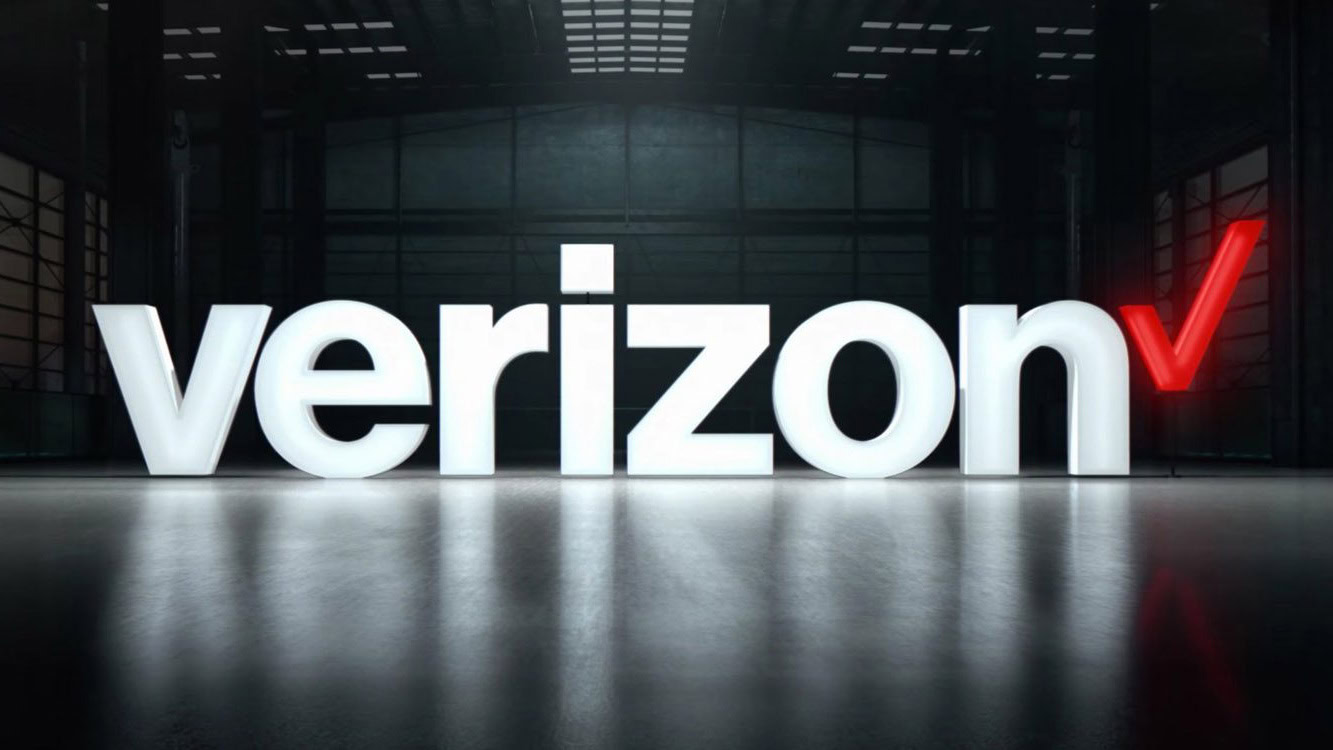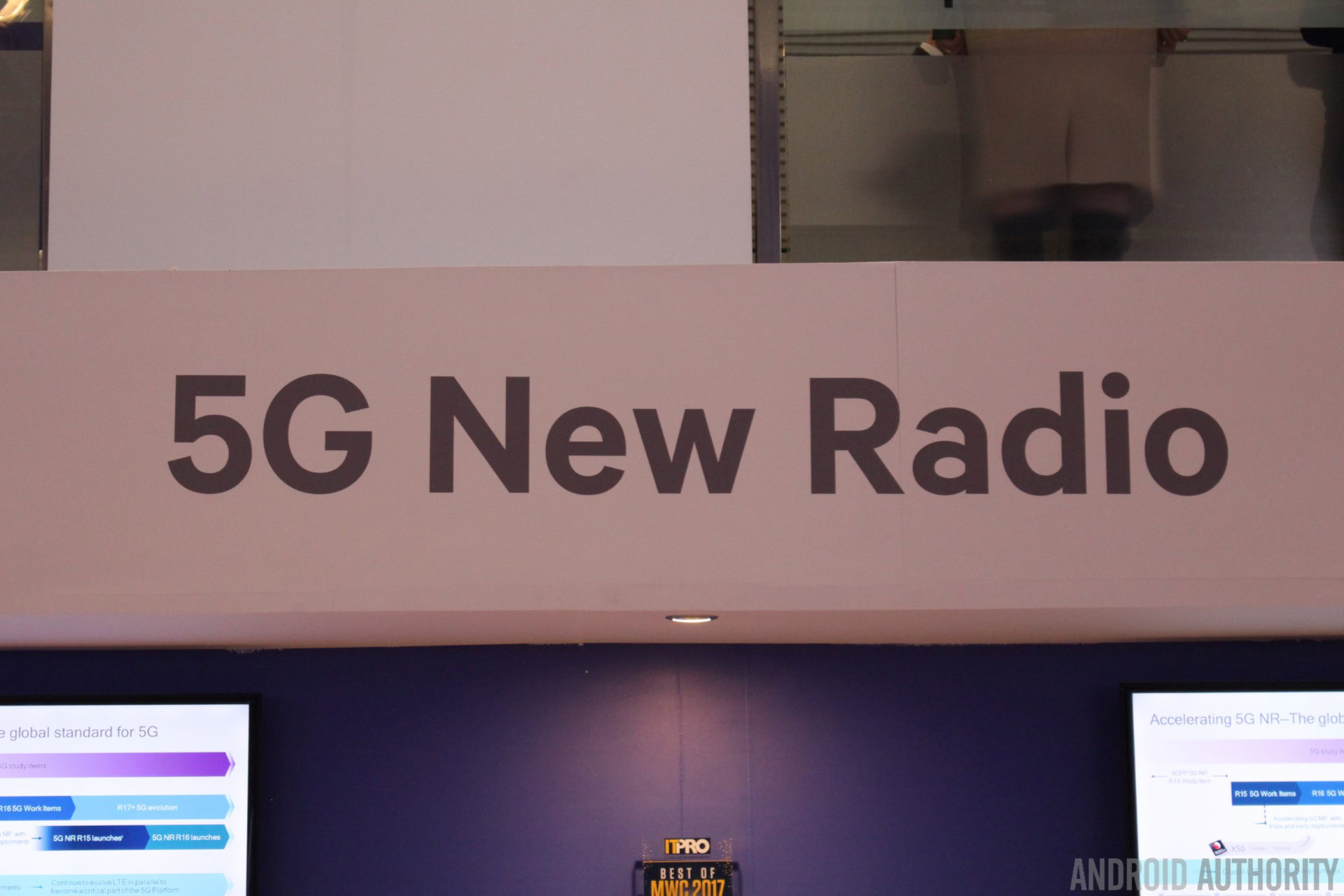Affiliate links on Android Authority may earn us a commission. Learn more.
Verizon and AT&T launching 5G hotspots until smartphones hit shelves
February 27, 2018

- Verizon and AT&T will market 5G-capable hotspots in 2018, to tide customers over until 5G-capable smartphones are available.
- Like a traditional hotspot, these 5G hotspots connect to the mobile network and then broadcast a signal for your smartphone to connect to.
- However, 5G towers will be few and far between, and you will need to be close to the tower to get 5G speeds.
The buzziest buzzword in mobile right now is 5G. Which carrier will launch the first 5G network? Just how fast is 5G, anyway? Which manufacturer will release the first 5G smartphone? Right now, all we know is that it’s extremely likely that we’ll see 5G networks before we see 5G smartphones, so AT&T and Verizon are planning ahead.
Both companies revealed that they are going to release 5G hotspots in 2018, to tide us over until 5G-capable smartphones hit shelves. Like a traditional hotspot, the devices will connect to the network and then broadcast a WiFi signal that your smartphone can connect to. This will give customers who buy brand new phones this year, like the just-announced Samsung Galaxy S9 and S9 Plus, the ability to experience 5G speeds with their non-5G phones.

Obviously, the idea of carrying around a hockey puck with you to get those sweet 5G speeds isn’t too appealing of a notion. However, it will most likely be months into 2019 before any 5G phones hit the market, so the hotspot route will be your only option.
At Mobile World Congress 2018, AT&T gave some more information on its 5G hardware upgrades. By the time these 5G hotspots hit shelves, certain American cities will have 5G-enabled towers that users will be able to connect to. Unfortunately, you will have to be close to the tower to get the 5G connection, at least closer to the tower than you do for current 4G LTE speeds. Once you leave the radius of the tower, the hotspot will drop back down to 4G LTE.
So not only will you have to carry around this hotspot, but you’ll also only see 5G speeds in specific areas of specific American cities. Sounds like a lot of work with little payoff, especially since high-speed WiFi at one of the hundreds of coffee shops littering any given American city will be more dependable and easier to access.
Regardless, the 5G future is incredibly exciting, now that we know what kinds of things will be possible with super-fast data with incredibly low latency. It will just be a while until the technology is as prevalent as 4G LTE is today.